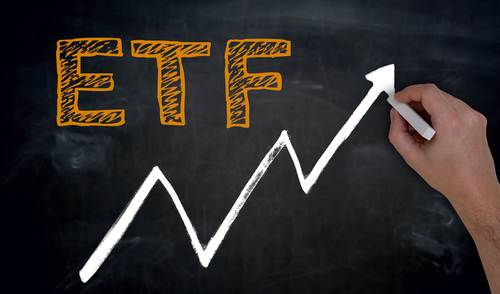There has been a signficant rise in the number of ETF funds now using ‘active’ strategies, according to the latest data from Morningstar.
Exchange Traded Funds (ETFs) have traditionally used more passive approaches, replicating an index, but there has been an increase in more active ETFs in recent years.
Morningstar’s data shows that in the US at the end of March, actively managed ETF accounted for 8.5 per cent of the ETF market — a rise on the year before.
At the same time Morningstar’s notes that there has been significant outflow from actively managed mutual funds. However active ETFs still account for just 4 per cent of the US active fund market.
The Morningstar data shows that active equity ETFs are now most popular, although initially active ETFs tended to focus on the fixed income market.
As well as looking at the US, Morningstar has also reviewed the ETF market in Europe. It says that while there as been a significant growth recently, active ETFs still account for just 1.9 per cent of the total ETF assets in Europe.
It says that unlike in the US, in Europe, like-for-like strategies aren’t typically available simultaneously in ETF and open-end fund format.
Morningstar’s director of manager research Monika Calay says: “Assets in European active ETFs have seen exponential growth recently. Since March this year, European investors have accumulated approximately €33.8 billion in assets.
“While initial growth in the active ETF market coincided with a boom in bond strategies (in an environment of low interest rates where active management was seen as higher potential), equity active ETFs have gained significant momentum over the past two years, aggregating over €20 billion.”
She points out that ETF regulations require daily disclosure of holdings – something which has acted as a brake on the use of these vehicles by active fund managers in Europe.
She says: “Traditionally, most active managers were reluctant to disclose their ‘secret sauce’ by revealing their holdings daily, as required by ETF regulations. However, some fund companies are embracing ETFs as an additional distribution vehicle for their strategies.”
As part of its research Morningstar has assessed the benefits and drawbacks of the ETF structure, comparing approaches by active managers, and breaking down trends and offerings by asset class.
Morningstar’s director of passive strategies research Bryan Armour adds: “ETFs are somewhat different than mutual funds, so investors must understand the nuances that ETFs introduce to actively managed portfolios. Capacity risks and wide bid-ask spreads can derail otherwise solid strategies.”
Unlike mutual (open-ended) funds, ETFs can’t close to new investors when they get too big. As a result Morningstar says that strategy capacity is critical in the ETF structure. Morningstar analysts recommend focusing on ETFs that hold liquid securities and reasonably diversified portfolios to avoid capacity risk.
Armour adds that changing regulations in the US have supported the ETF market. “Investors are increasingly seeking out low-cost ETFs, and asset managers have more flexibility launching and managing ETFs since the SEC passed the “ETF Rule” in 2019. These factors combined to play a big role in catapulting the growth of the active ETF market in the US,” he says.
The post Growth in number of active ETFs appeared first on Corporate Adviser.


